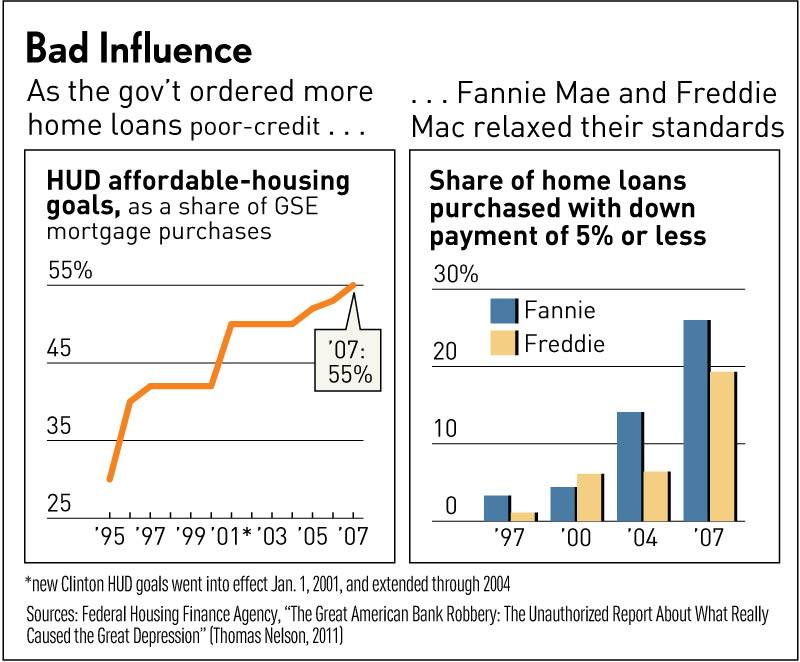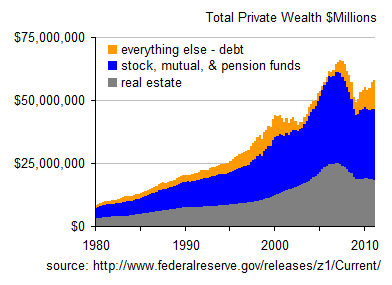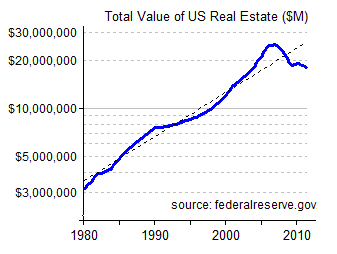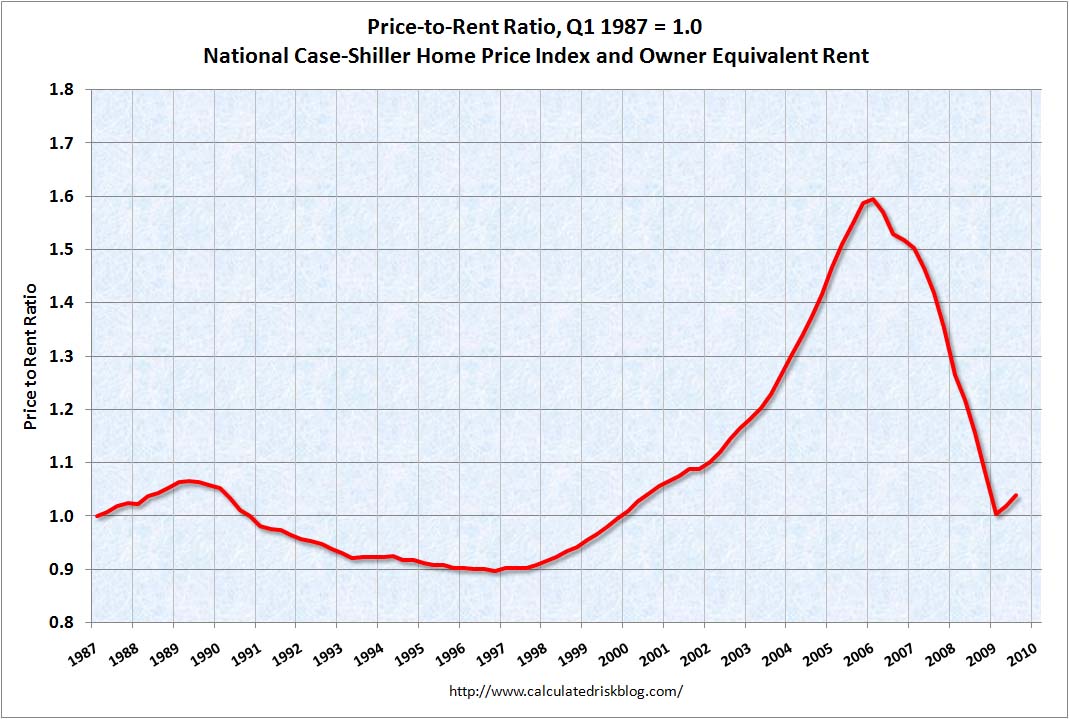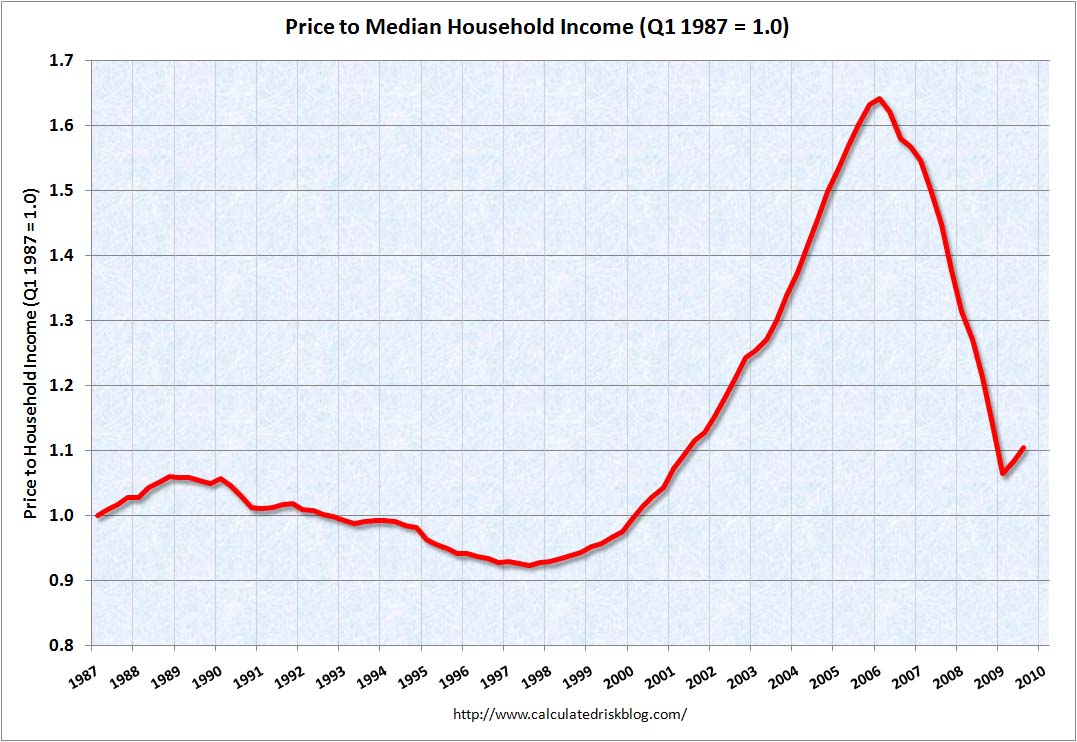California Girl
Rookie
- Oct 8, 2009
- 50,337
- 10,058
- 0
- Banned
- #21
That's true and not relevant; the purpose of reopening the debate is so we can increase the number of "smart ones"....no smoking gun!!! The smart ones among us have known this for years!!!!
I once did a post outlining, step by step, how both clusterfuck decisions from both parties opened the door for this. Guess what? No one paid any attention to it. Color me shocked. People prefer bullshit to fact. It's easier, saves them having to think for themselves, and saves them from having to admit their own responsibility for voting for corrupt politicians.
